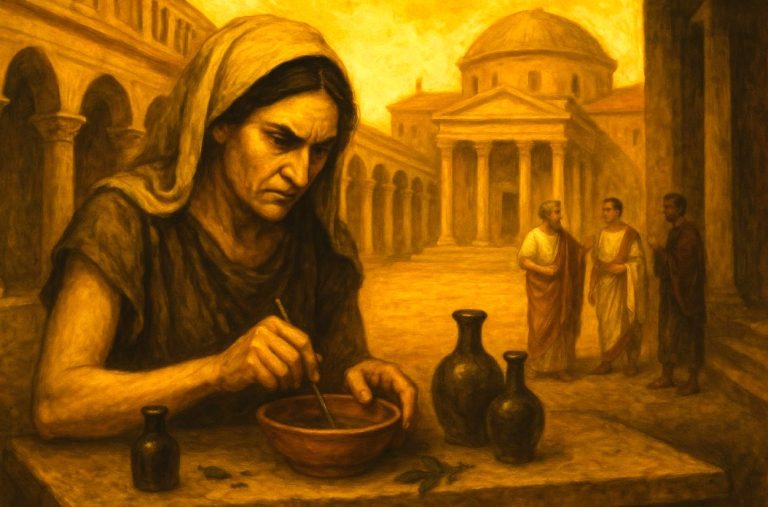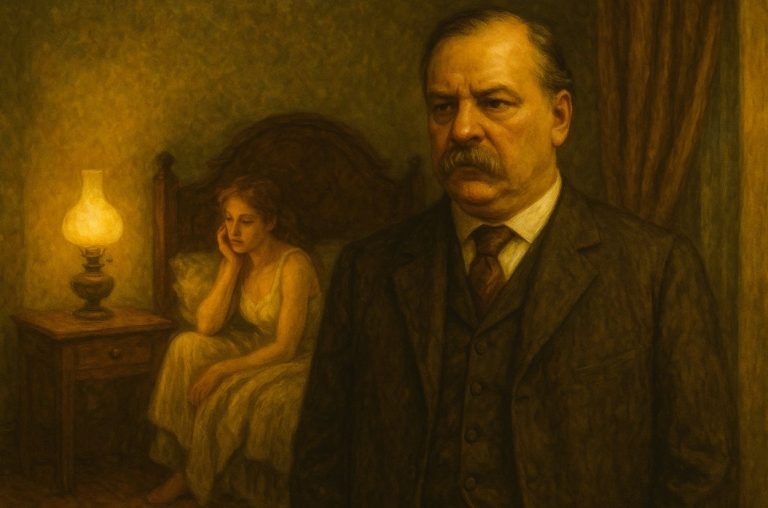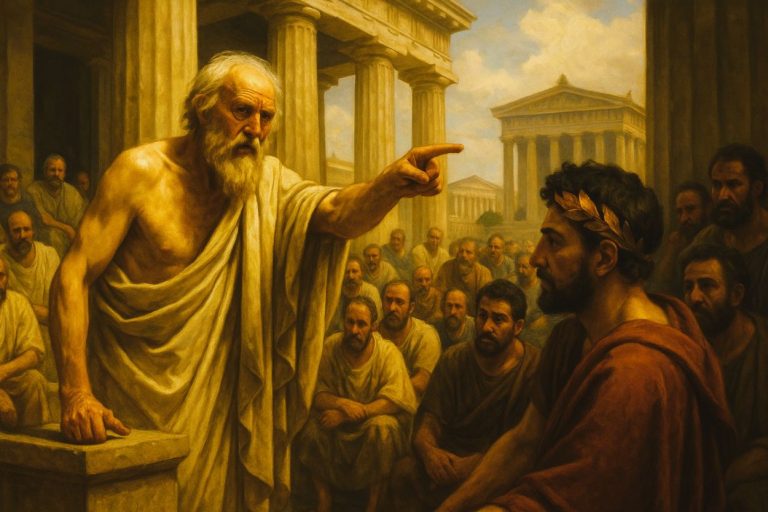
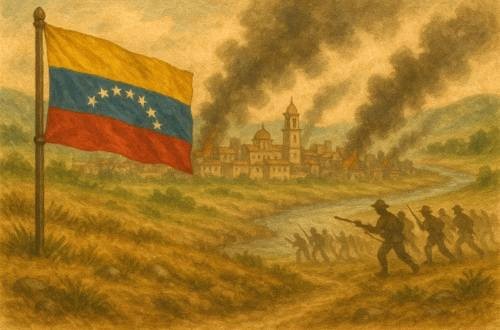
Venezuela continues to reimagine itself, to fight over its identity, to seek renewal even in collapse. Its history is jagged, uneven, and unresolved.

By Matthew A. McIntosh
Public Historian
Brewminate
Introduction
Venezuela’s independence in 1821 did not bring closure. It brought exhaustion. A decisive battlefield triumph at Carabobo ended Spanish dominion, but the victory did not knit the fractured republic together. Simon Bolívar’s grandiose project of Gran Colombia, uniting Venezuela with New Granada and Quito, loomed with promise yet cracked under its own weight almost immediately.1
The independence struggle had mobilized soldiers, peasants, and Llaneros. Once the Spanish were gone, the alliances unraveled. Caracas elites resented Bogotá’s claims to primacy, while regional commanders turned their loyalty inward. A republic existed on paper, but in lived experience it was fragmented.
From the very beginning, Venezuela’s modern history unfolded in cycles of elation and despair. Political experiments were launched with hope and undone in blood. Economic booms arrived, then collapsed with greater force. A steady rhythm of caudillos, dictators, and democrats followed one another like waves eroding an unstable shoreline. Oil, that modern treasure, became salvation and curse.
This history cannot be told as linear ascent. It is jagged, unpredictable, heavy with continuities that masquerade as ruptures and ruptures that fail to erase old continuities. The challenge for the historian is not to smooth the rough edges but to preserve them, for they are the shape of the republic itself.
The Early Republic and Gran Colombia (1821–1830)
Victory and Union

The moment of victory was intoxicating. Venezuelan soldiers marched under Bolívar’s banner with the conviction that they were not simply liberating their own land but founding a continental power. The rhetoric soared: liberty, unity, a republic capable of facing down empires.2
Reality was less grand. Venezuela entered Gran Colombia as a partner unequal in practice. Bogotá became the center of administration. Venezuelan officers bristled, yet Bolívar’s prestige kept discontent contained. For a short season, the illusion of unity held.
Disintegration
It did not last. The economy lay in ruins after years of war. Fields abandoned, towns gutted, trade disrupted. Recovery required stability, but stability was nowhere to be found. Elites from Caracas, Valencia, and Maracaibo mistrusted Bogotá’s authority. Soldiers who had been allies on campaign now quarreled in garrisons.
By 1830, the experiment collapsed. Venezuela, under José Antonio Páez, seceded from Gran Colombia.3 The dream dissolved, leaving Bolívar embittered and the republic born into fragmentation.
Caudillismo and Civil Wars (1830–1870s)
Páez and the Conservative Republic
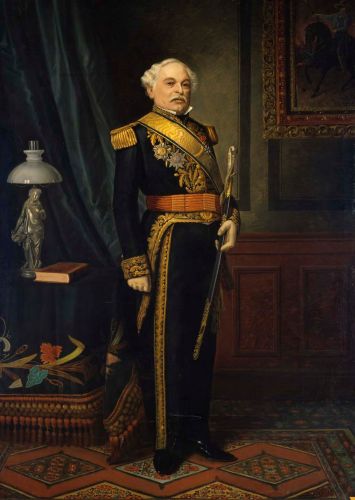
Páez ruled as both hero and strongman. His charisma stabilized the new republic, but the institutions beneath him were skeletal. Constitutions were written, elections held, yet everyone knew the real power lay in his networks of loyalty.4 Páez was admired, feared, resented, sometimes all at once. His presence meant order, but it was personal order, not institutional strength. Once he withdrew, instability followed.
Federal War (1859–1863)
The Federal War was apocalyptic. It pitted Liberals against Conservatives, centralists against federalists. But it was more than ideology. It was about land, resources, and the loyalties of the Llaneros. The fighting was savage. Tens of thousands died, entire communities were uprooted.
When the conflict ended, Venezuela had a nominally federal constitution. In reality, the devastation hollowed out state capacity. The war’s legacy was not liberty but ruin.5
Caudillo Politics
From the ashes rose caudillos. They commanded armies, dominated provinces, and treated the republic as spoils. Presidents rotated in and out, often at the whim of generals rather than ballots.
What endured was a culture of personalist power. Political authority resided not in institutions but in the reputations of men who could command loyalty by charisma and coercion. The republic survived, but governance was fractured.
Toward Modernization and Centralization (1870s–1908)
Guzmán Blanco Era
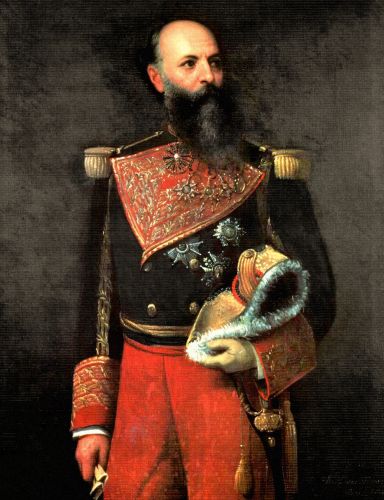
Antonio Guzmán Blanco promised progress. He delivered railroads, telegraphs, boulevards in Caracas, and a campaign of secularization that curbed the Church’s reach. He presented himself as the enlightened caudillo; authoritarian, yes, but in service of modernization.6
The paradox was plain. His projects gave Venezuela infrastructure it had never known, but his rule was personalistic. Progress existed because Guzmán Blanco decreed it. When he left power, much of the apparatus faltered.
Instability After Guzmán
Without him, the old pattern reemerged. Presidents fell by coups. Revolts shook provinces. Foreign creditors pressed Venezuela into humiliating concessions. European powers threatened intervention.
The nation staggered into the twentieth century exhausted and unstable. It was not institutions that guided its course but the whims of strongmen and the vulnerability of a debtor state.
The Long Rule of Juan Vicente Gómez (1908–1935)
Authoritarian Consolidation
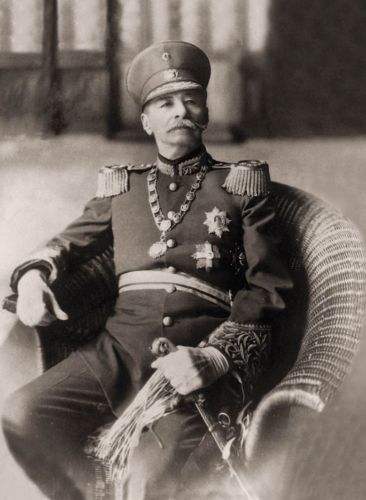
Juan Vicente Gómez seized power in 1908 and refused to let it go. He crushed rivals, jailed critics, silenced newspapers. For nearly three decades, he governed with iron control. The paradox: Venezuela finally knew stability. Roads were built, debts repaid, a centralized state created. But the cost was suffocating repression.7
Oil Discovery and Transformation
Oil changed everything. The strike at Mene Grande in 1914 became the seed of transformation. By the 1920s, petroleum revenues eclipsed every other source of wealth. Foreign companies extracted, the regime collected royalties, and Gómez tightened his grip.
Agriculture declined, migration shifted to oil towns, and Venezuela became a rentier state. Petroleum promised wealth but entrenched dependence. The republic’s future was bound to a single resource.8
From Dictatorship to Democracy (1935–1958)
Medina Angarita and Reform
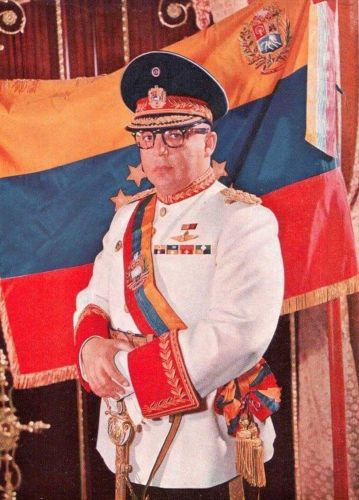
With Gómez’s death, cautious reform began. Isaías Medina Angarita opened the political sphere, legalizing parties, tolerating labor, and gesturing toward democracy. The atmosphere was fragile but hopeful. Venezuelans glimpsed a republic governed by institutions rather than fear.
Yet the military loomed. In 1945, a coup ended Medina’s experiment. Brief democratic interludes followed, but instability returned quickly.9
Pérez Jiménez Dictatorship
By 1952, Marcos Pérez Jiménez emerged as dictator. Caracas became a showcase: highways, modernist towers, grand projects funded by oil. For a moment, the capital sparkled with ambition.
But the repression was brutal. Opposition leaders exiled, newspapers shuttered, prisons filled. Progress was cement and steel, but beneath it lay fear. Pérez Jiménez fell in 1958, ousted by a coalition of civilians and military officers tired of his excess.
The Democratic Era and Oil Boom (1958–1990s)
Punto Fijo Pact
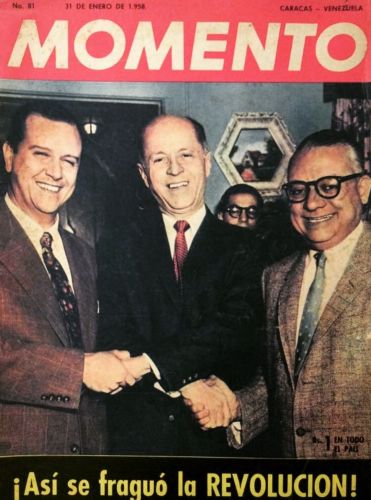
The Punto Fijo Pact of 1958 bound Acción Democrática and COPEI to share power. For decades, Venezuelans lived under a rare Latin American stability: regular elections, civilian governments, alternating parties.10 It was elite-driven, exclusionary, yet for a time effective.
Oil Wealth and Development
The 1970s oil boom transformed Venezuela. Prices soared, nationalization followed in 1976, and wealth poured into state coffers. Development projects proliferated. The republic appeared prosperous, modern, democratic. Yet beneath prosperity lay dependence. The economy narrowed around oil. When prices collapsed, everything else collapsed with them.
Crisis of the 1980s–1990s
The crash came in the 1980s. Debt mounted, inflation surged, austerity policies provoked anger. In 1989, the Caracazo erupted: riots, repression, hundreds dead. It was a rupture, a moment when the promise of Punto Fijo stability crumbled in blood.11
In 1992, Hugo Chávez led a failed coup. He was jailed, yet his popularity grew. By the 1990s, the old parties were discredited, the system hollow. The stage was set for revolution.
The Bolivarian Revolution (1999–2013)
Rise of Hugo Chávez
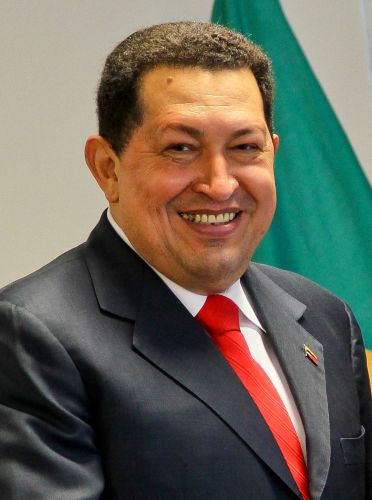
Chávez swept the 1998 election promising a Bolivarian Revolution. He rewrote the constitution in 1999, launched social programs, and declared himself the voice of the poor. His rhetoric drew on Bolívar, his legitimacy on mass mobilization.12
Oil as Political Weapon
Oil prices soared in the 2000s. Chávez used revenues for social missions at home and petro-diplomacy abroad. He offered subsidized oil to allies, cementing influence across Latin America. For a time, redistribution and rhetoric aligned.
Authoritarian Drift
But power centralized in the presidency. Institutions weakened, opposition harassed, courts politicized. To his supporters, Chávez was a liberator defying imperialism. To his critics, an autocrat dismantling democracy. Both views held truth.
Venezuela in Crisis (2013–Present)
Nicolás Maduro’s Rule
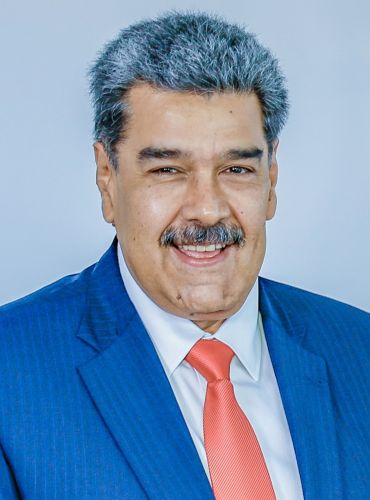
Chávez’s death in 2013 left Nicolás Maduro in power. He lacked charisma, and oil prices collapsed. The result: economic freefall. Hyperinflation, shortages, mass migration. The state insisted on legitimacy; the opposition cried fraud. In 2019, rival claims to the presidency deepened crisis.13
Social and Humanitarian Dimensions
The humanitarian cost was staggering. Hospitals without medicine, families without food, millions fleeing to Colombia, Brazil, and beyond. The collapse of infrastructure and the mass exodus redefined Venezuela’s place in the region.
Geopolitics
Maduro turned to Russia, China, and Iran. The United States imposed sanctions. Latin American neighbors fractured between recognition of Maduro and his opponents. Venezuela’s crisis became global, its politics a proxy for wider struggles.
Conclusion
From 1821 to the present, Venezuela’s history has been one of promise and collapse. Victory at Carabobo gave birth to a republic that struggled to hold itself together. Caudillos, dictators, and democrats took turns in power. Oil enriched, then impoverished. Revolutions promised redemption, crises delivered despair.
Yet the cycle is never final. Venezuela continues to reimagine itself, to fight over its identity, to seek renewal even in collapse. Its history is jagged, uneven, and unresolved. That, too, is the shape of the nation.
Appendix
Footnotes
- John Lynch, Simón Bolívar: A Life (New Haven: Yale University Press, 2006), 237–239.
- Germán Carrera Damas, Historia de la historiografía venezolana (Caracas: Monte Ávila, 1963), 85.
- John V. Lombardi, Venezuela: The Search for Order, the Dream of Progress (New York: Oxford University Press, 1982), 17.
- Inés Quintero, La República fragmentada (Caracas: Alfa, 2007), 114.
- Brian S. McBeth, Gunboats, Corruption, and Claims: Foreign Intervention in Venezuela, 1899–1908 (Westport: Greenwood Press, 2001), 29.
- Carrera Damas, Historia de Venezuela, 112.
- Lombardi, Venezuela, 59.
- Fernando Coronil, The Magical State: Nature, Money, and Modernity in Venezuela (Chicago: University of Chicago Press, 1997), 47.
- Allan Brewer-Carías, Historia constitucional de Venezuela (Caracas: Editorial Jurídica Venezolana, 2013), 213.
- Steve Ellner, Venezuela’s Movimiento al Socialismo: From Guerrilla Defeat to Innovative Politics (Durham: Duke University Press, 1988), 144.
- Margarita López Maya, Del viernes negro al referendo revocatorio (Caracas: Alfa, 2005), 88.
- Javier Corrales and Michael Penfold, Dragon in the Tropics: Hugo Chávez and the Political Economy of Revolution in Venezuela (Washington, DC: Brookings Institution Press, 2011), 41.
- Michael McCarthy, “The Venezuela Crisis and Latin America’s Future: Toward a Robust Hemispheric Agenda on Democratic Stability,” Wilson Center Latin American Program, March 2017.
Bibliography
- Brewer-Carías, Allan. Historia constitucional de Venezuela. Caracas: Editorial Jurídica Venezolana, 2013.
- Carrera Damas, Germán. Historia de la historiografía venezolana. Caracas: Monte Ávila, 1963.
- Coronil, Fernando. The Magical State: Nature, Money, and Modernity in Venezuela. Chicago: University of Chicago Press, 1997.
- Corrales, Javier, and Michael Penfold. Dragon in the Tropics: Hugo Chávez and the Political Economy of Revolution in Venezuela. Washington, DC: Brookings Institution Press, 2011.
- Ellner, Steve. Venezuela’s Movimiento al Socialismo: From Guerrilla Defeat to Innovative Politics. Durham: Duke University Press, 1988.
- Lombardi, John V. Venezuela: The Search for Order, the Dream of Progress. New York: Oxford University Press, 1982.
- López Maya, Margarita. Del viernes negro al referendo revocatorio. Caracas: Alfa, 2005.
- Lynch, John. Simón Bolívar: A Life. New Haven: Yale University Press, 2006.
- McBeth, Brian S. Gunboats, Corruption, and Claims: Foreign Intervention in Venezuela, 1899–1908. Westport: Greenwood Press, 2001.
- McCarthy, Michael. “The Venezuela Crisis and Latin America’s Future: Toward a Robust Hemispheric Agenda on Democratic Stability.” Wilson Center Latin American Program, March 2017.
- Stratka, Tomás. La República fragmentada. Caracas: Alfa, 2007.
Originally published by Brewminate, 09.11.2025, under the terms of a Creative Commons Attribution-NonCommercial-NoDerivatives 4.0 International license.
